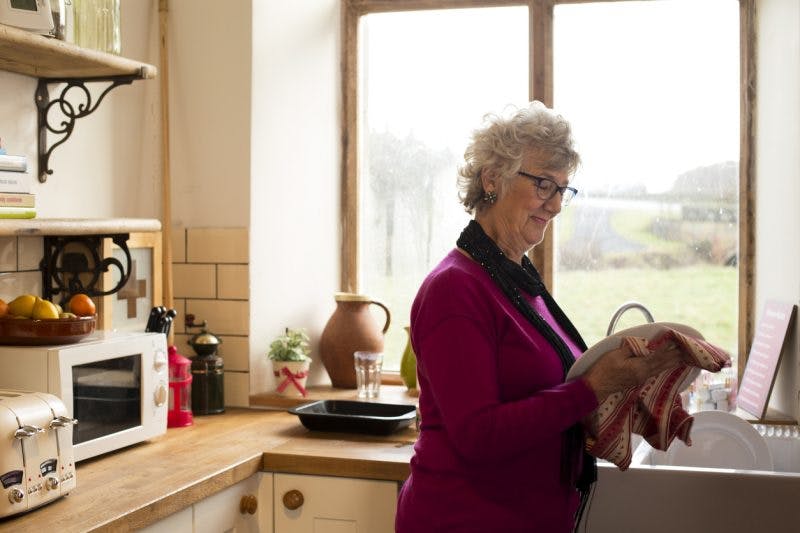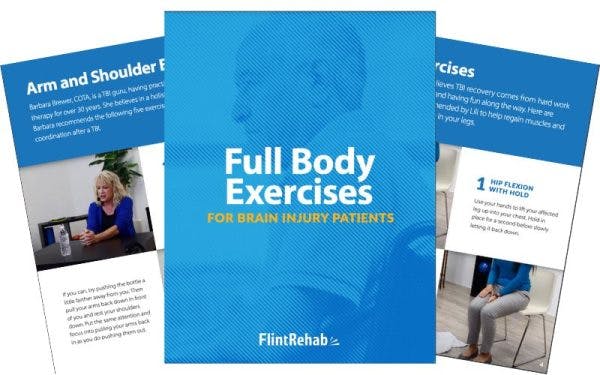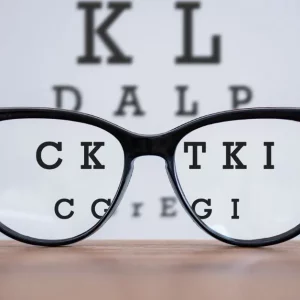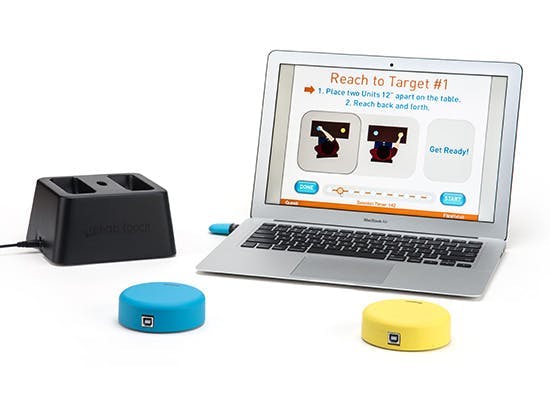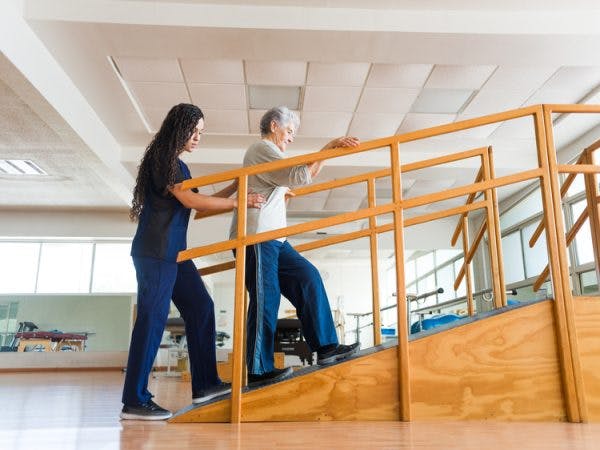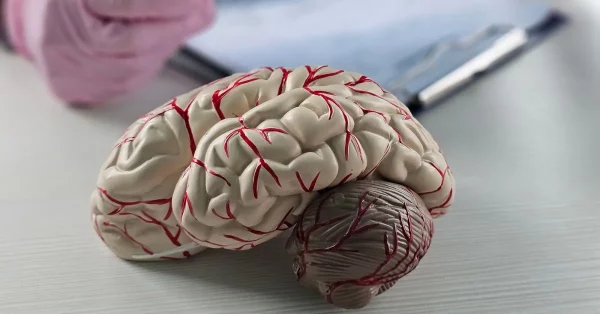After a traumatic brain injury (TBI), a major recovery goal of many survivors is to live independently. A traumatic brain injury can cause significant cognitive, physical, emotional, and behavioral changes. This can affect the ability of survivors to care for themselves and their household, tasks which are referred to as basic and instrumental activities of daily living (ADLs).
According to the Brain Injury Association of America, only 20% of survivors are able to return home alone immediately after being discharged from the hospital. However, the number of individuals able to live independently greatly increases by one year post injury, at which point nearly half of all survivors can live by themselves.
As individuals continue to pursue recovery, studies have demonstrated that over seventy percent of all survivors eventually regain the ability to complete their activities of daily living independently. Therefore, although traumatic brain injury survivors may feel frustrated by their lack of independence with activities of daily living, there is great hope for improvement.
This article will describe the types of activities of daily living and outline the potential impact of a traumatic brain injury on the ability to complete activities of daily living. A guide to how individuals can begin to regain their independence will also be reviewed. Please use the links below to jump directly to any section of this article.
- What are activities of daily living?
- How can a traumatic brain injury affect ADLs?
- Recovering ADL skills
- Importance of rehabilitation for recovery
What are the Basic and Instrumental Activities of Daily Living?
Activities of daily living are the tasks that a person needs to perform on a regular basis for basic survival and well-being as an independent adult. While there are some variations on how individuals may choose to perform their activities of daily living, completing these tasks independently is usually highly valued among survivors.
Activities of daily living can be divided into basic and instrumental ADLs. Basic activities of daily living include self-care tasks, while other daily tasks required to function independently and manage a household are considered instrumental ADLs.
While it may seem fairly self-explanatory, many survivors and their family members do not realize all of the components involved in each activity of daily living. Further understanding this can help both family members and survivors recognize why tasks that appear to be simple may be very challenging for survivors of traumatic brain injury to complete. This can encourage family members to demonstrate more empathy and patience toward survivors working on improving their independence.
Basic Activities of Daily Living
Tasks that are considered basic activities of daily living include:
- Dressing. To be independent with this skill, survivors must not only be able to put their clothes on without assistance, but also must have the cognitive presence and mobility to move to the closet and choose their outfit.
- Showering. While some may choose to bathe or simply “wash up” rather than taking a full shower on a daily basis, whichever method a survivor uses to clean themselves is considered one of their activities of daily living.
- Eating. This skill involves everything from chewing and swallowing to feeding oneself using the appropriate utensils.
- Personal hygiene. Brushing one’s hair and teeth and other grooming tasks are included in this category, along with gathering the appropriate supplies.
- Toileting. This skill involves managing continence through being able to pull the pants up and down, maintaining balance on the toilet, and appropriately performing toileting hygiene. Sexual activities can also be considered an ADL.
- Functional mobility. Moving throughout the home, including transferring to and from the bed, shower, toilet, and chair, are activities included in this ADL.
While each of the basic activities of daily living listed above are crucial, they are not the only skills required to live independently. This is where the instrumental activities of daily living come into play.
Instrumental Activities of Daily Living
Tasks that involve caring for others and managing a household are referred to as instrumental activities of daily living (IADLs). These tasks require higher cognitive skills using complex thinking and organization, and are what allow a person to live a fully independent life (when completed without assistance).
Some examples of instrumental activities of daily living include:
- Home management. This skill refers to the ability to perform appropriate housekeeping duties, including doing laundry, taking out the garbage, and other chores.
- Financial management. This requires a person to understand the concept of money, pay bills on time, and spend within their means.
- Shopping and meal preparation. In order to live independently, individuals must be able to plan their meals, find the right ingredients, and combine those ingredients into a meal.
- Medication management. Another crucial skill is the ability to take medications appropriately. This involves proper timing, taking the right dosages, and getting prescriptions filled.
Since these activities are more complex than the self-care tasks included in the basic activities of daily living, they often require more rehabilitation to restore. This is especially true for individuals experiencing executive dysfunction, which is commonly seen in those who have sustained a brain injury in the frontal lobe. However, with the appropriate therapy, it is possible for most survivors to regain at least some independent living skills.
How Can a Traumatic Brain Injury Affect the Activities of Daily Living?
After a traumatic brain injury, individuals may be limited in their ability to independently perform their activities of daily living due to the secondary effects of their injury. Depending on the severity of injury and the area of the brain affected, individuals may experience cognitive, physical, behavioral, and emotional changes. These changes can impact many of the skills required to complete one’s activities of daily living.
For example, if an individual is unable to cognitively sequence the steps of retrieving their toothbrush and toothpaste, applying the toothpaste, brushing the teeth, spitting out the toothpaste and rinsing the mouth, they may be unable to independently brush their teeth. Alternatively, if a survivor is cognitively intact but lacks the hand strength to squeeze their toothpaste onto the toothbrush, they may also require assistance with this task.
Emotional and behavioral changes can affect one’s motivation to complete personal hygiene activities, which could also result in an inability to brush one’s teeth without any supervision or cuing. When a combination of severe physical, cognitive, emotional, and behavioral changes have occurred, an activity of daily living as seemingly straightforward as brushing one’s teeth may become nearly impossible.
This example demonstrates how the many different secondary effects of traumatic brain injury can impact the ability to perform activities of daily living independently. However, through pursuing rehabilitation, individuals can regain the ability to perform these activities both safely and independently.
Recovering Activity of Daily Living Skills
Relearning how to perform the activities of daily living after a traumatic brain injury can be challenging. However, pursuing rehabilitation is considered the best way for survivors to regain independence.
Occupational therapists focus specifically on helping individuals learn how to perform their activities of daily living as safely and independently as possible. While they often use rehabilitative strategies focused on relearning ADL skills, they may also introduce compensatory techniques to boost independence. Compensatory techniques involve modifying the way an activity of daily living is completed to improve performance.
For example, if a survivor is struggling with preparing meals independently due to a lack of coordination in the hands, an occupational therapist may recommend practicing exercises focused on improving fine motor skills. Alternatively, they may introduce adaptive equipment, such as an adaptive cutting board, to boost independence. Often, individuals benefit from using a combination of rehabilitative exercises along with compensatory techniques to support their functional recovery.
Recovering daily living skills often involves a lot of training, most of which will occur through occupational therapy. However, other therapies, such as speech therapy and physical therapy, frequently work closely with occupational therapy to further improve a survivor’s abilities.
Importance of Rehabilitation for ADLs
Regardless of whether individuals are working with occupational, speech or physical therapy, it is vital for survivors to consistently and repetitively practice affected skills or tasks to boost recovery. For example, to get better at transferring from the bed to a chair, therapy should focus on repetitively completing that exact motion or components of that movement (such as improving leg mobility).
Consistent and repetitive practice is crucial because it activates neuroplasticity, the process through which the brain learns – or relearns – a skill. Whenever an action is performed, the brain strengthens existing neural pathways or forms new ones in response. These pathways can eventually allow healthy areas of the brain to take over functions from damaged areas.
When specific tasks or skills are practiced repetitively, the associated neural pathways are reinforced until, eventually, the activity becomes simple to perform. This why the best way to improve independence with ADLs is to practice them.
Although practicing during therapy is an excellent place to start, therapists often encourage individuals to continue practicing their skills through a home program. Practicing activity of daily living skills on a daily basis can promote improvements and help survivors achieve an optimal recovery.
Relearning Activities of Daily Living After Traumatic Brain Injury
Relearning how to perform the many activities of daily living is key to maximizing functional independence after brain injury. Depending on the location and severity of one’s brain injury, survivors may be limited in their ability to perform activities of daily living due to physical, cognitive, emotional, and/or behavioral changes.
While it may take a lot of time and effort, it is possible to relearn ADL skills through occupational, physical, and speech therapy. With consistent practice, these skills can improve, helping survivors to move one step closer to regaining their independence after TBI.

